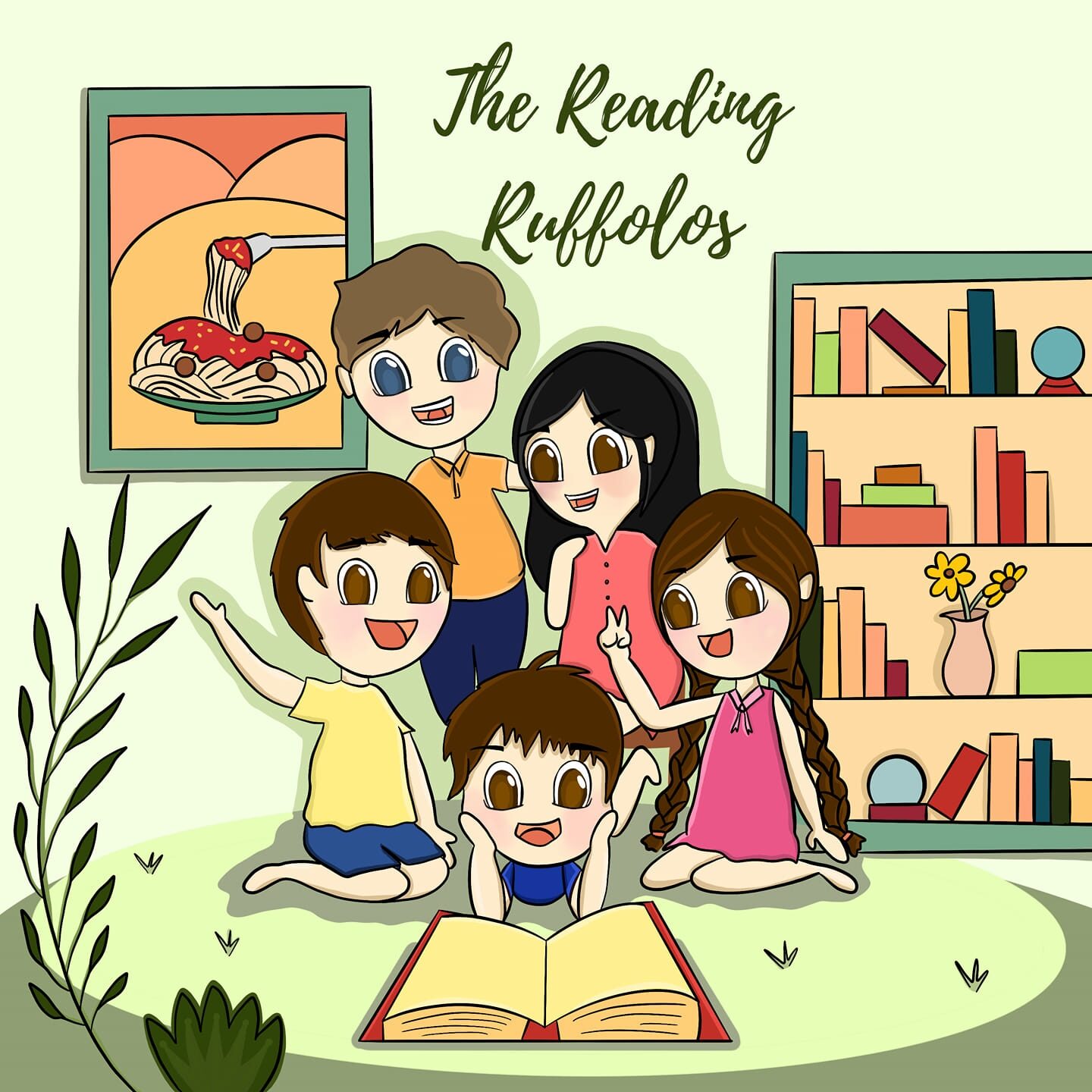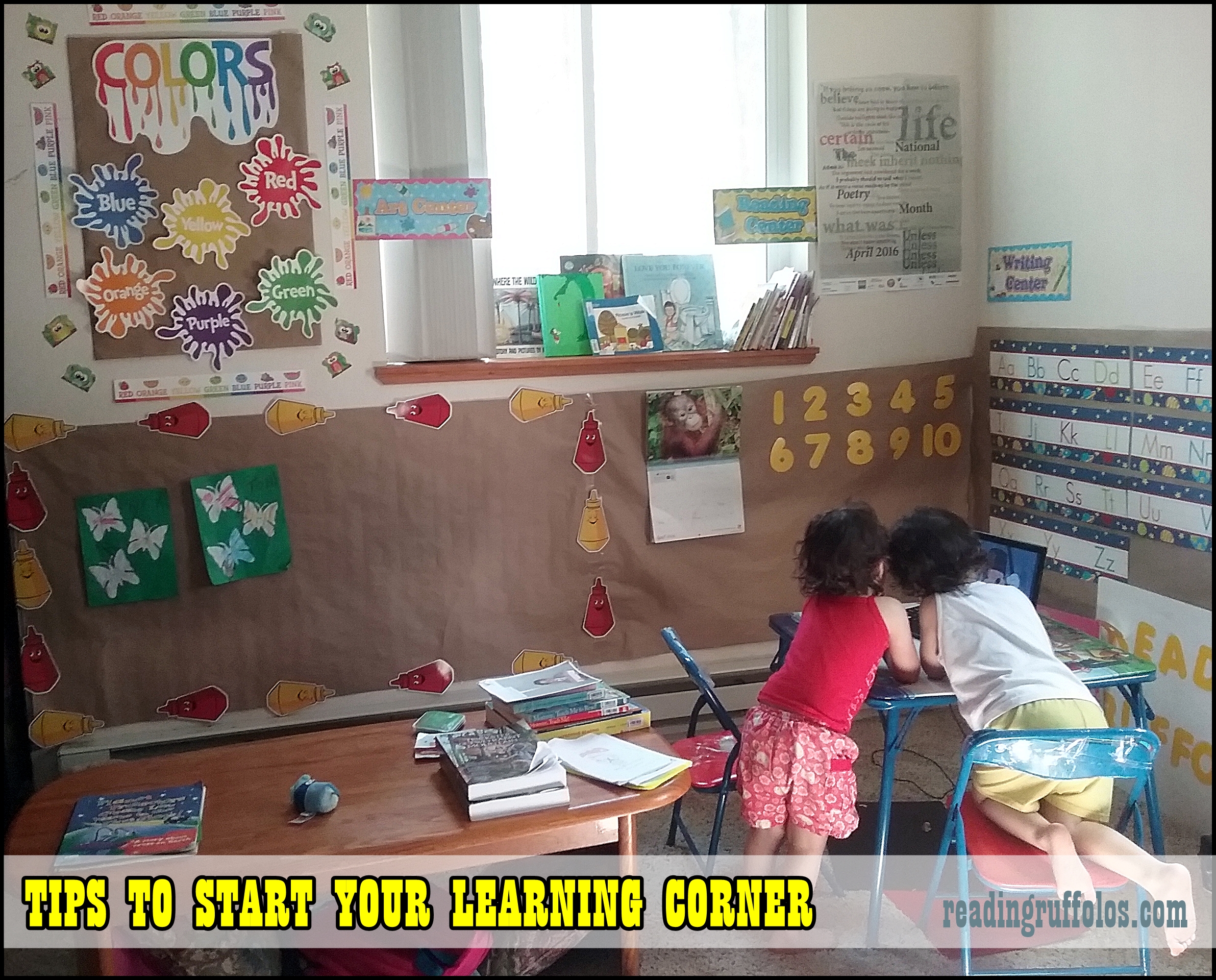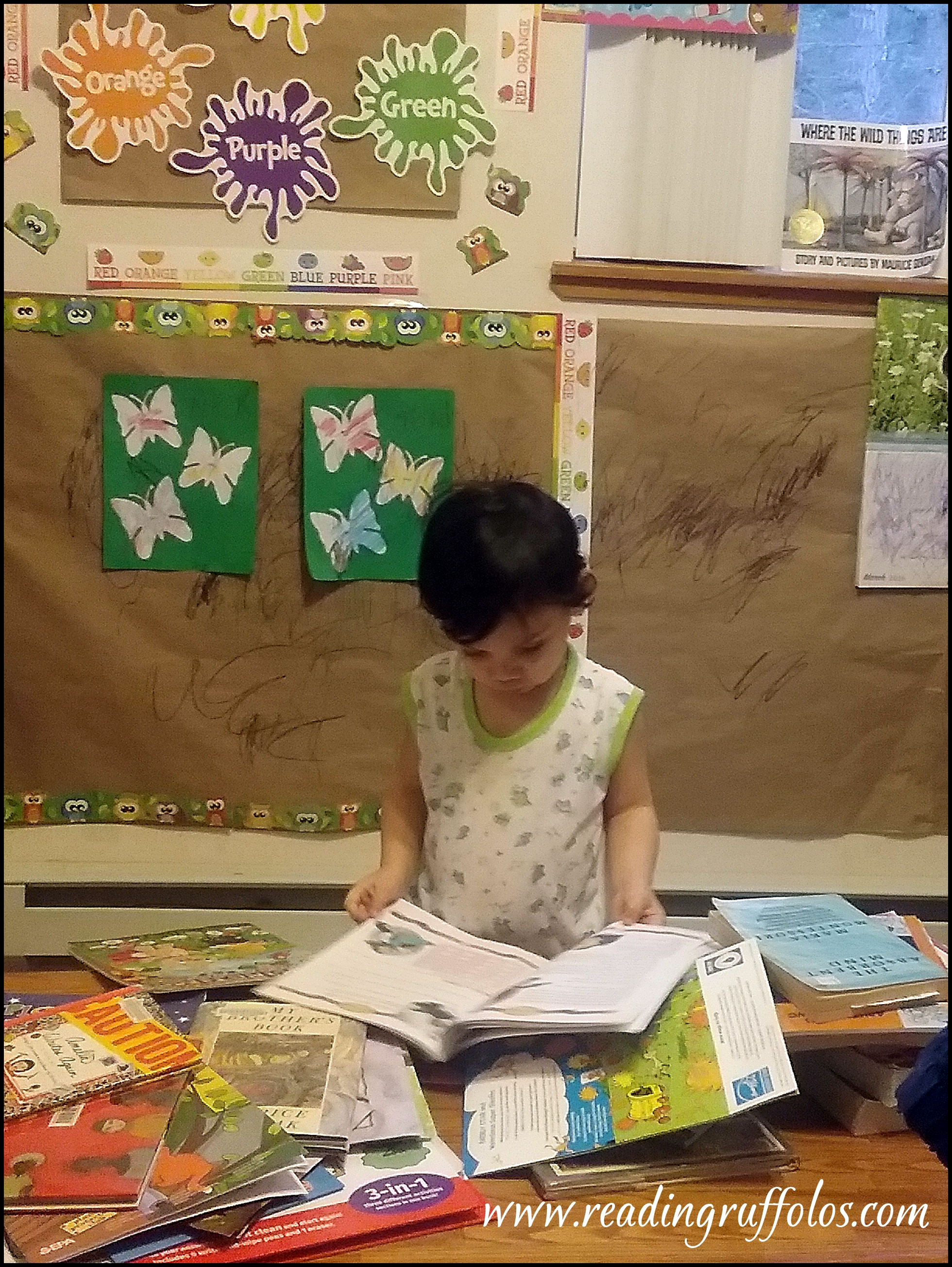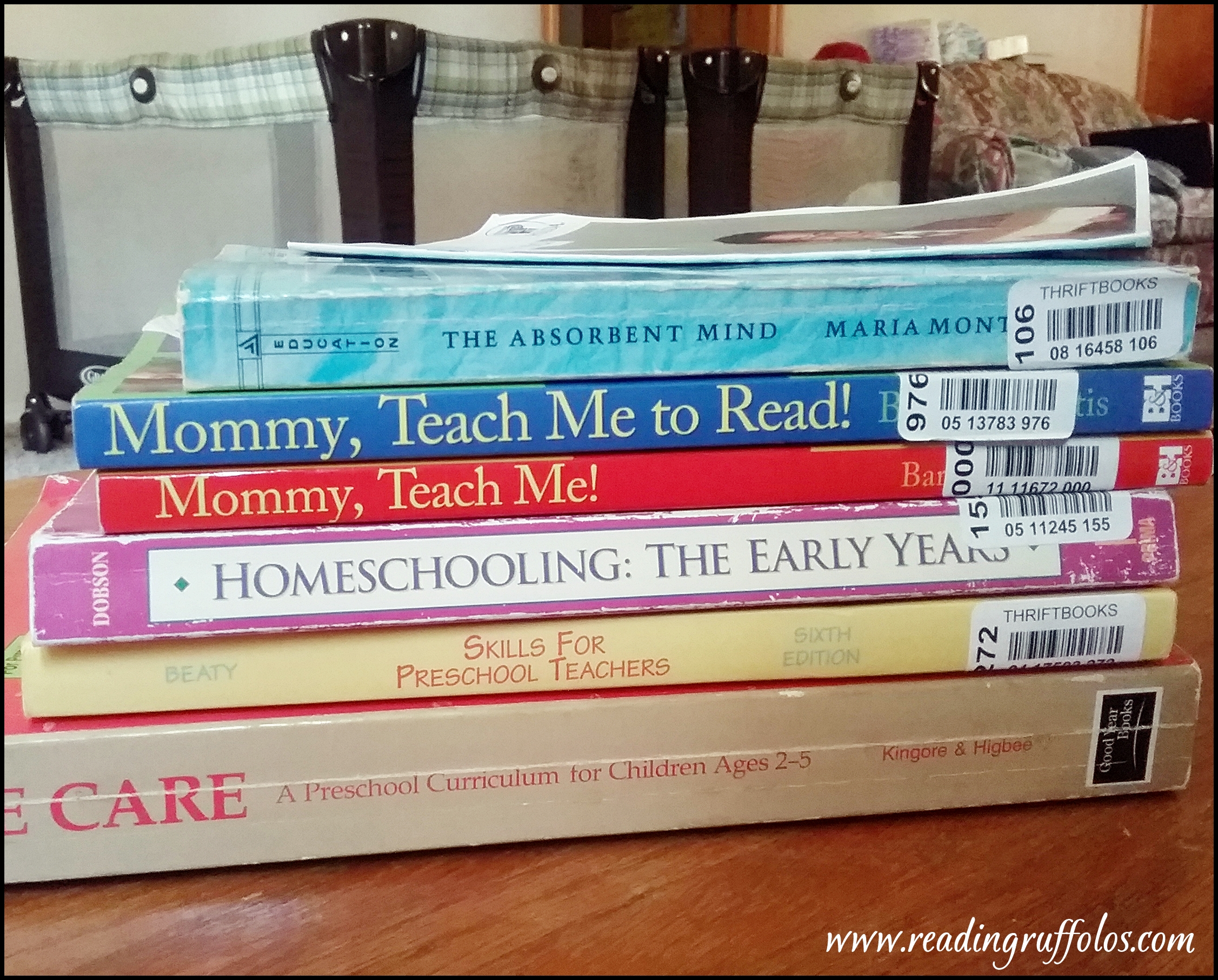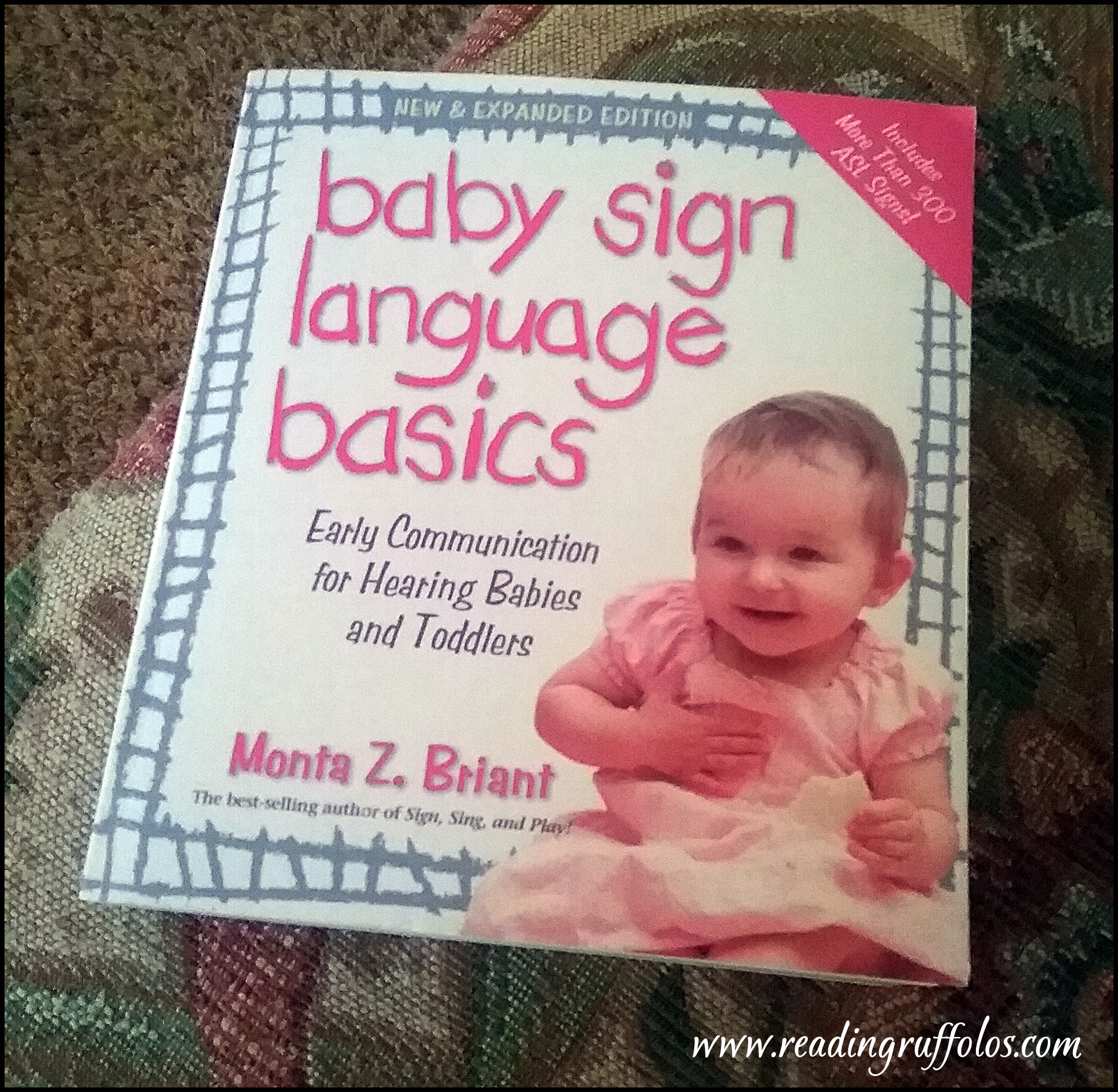I’m not an expert but after receiving a couple of encouraging words from people I hold dear on how happy they are to see pictures of the learning corner I recently worked on, I found it apt to share tips on how young, frugal mothers like me can start their miniature classrooms at home.
Take note that I have twin toddlers (they’re two years and eight months old) and a baby (seven months old) so this learning corner is meant for the early learners.
Load up on commitment and creativity with generous dashes of enthusiasm and you’ll see that setting up your learning corner — and teaching your children — in the comforts of your home can easily done.
1. CHOOSE A CORNER.
Not many of us have gigantic house with a lot of rooms to be called as bedroom, multimedia room, playroom. Should that stop you from designating a space dedicated to learning? Definitely not. Choose a corner in your home where you think your children can spend time coloring, drawing, or reading. I chose a corner near the dining area that is usually “empty” or is not the venue for any activities.
2. THINK BEFORE GOING ALL OUT ON THE DECORATIONS.
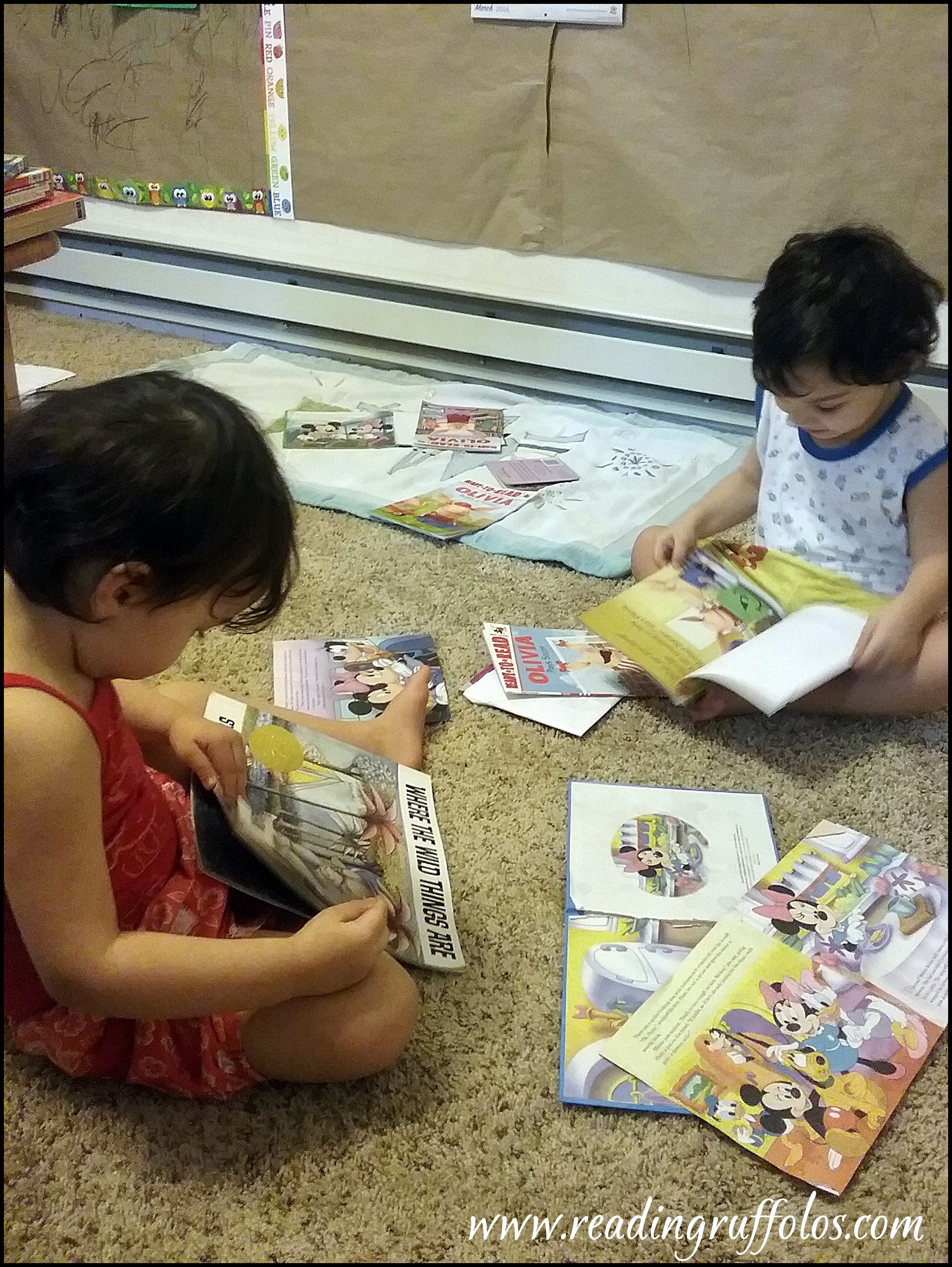 I did not consult Pinterest on this matter because often times, I have big plans but end up executing them very poorly. Pinterest is filled with a lot of suggestions and I want to implement a good number of them. Several DIY projects are eye candies and they’re really, really attractive. However, I need to remind myself that I have twin toddlers, who are very curious and are currently on a search-and-destroy mission. It is then important to use inexpensive but durable materials. So I used craft paper to protect the walls from crayon and pen marks and some colorful wall borders from Dollar Store. They were attached using scotch tape because it is convenient to reattach them should the twins rip them off (which happens a lot!).
I did not consult Pinterest on this matter because often times, I have big plans but end up executing them very poorly. Pinterest is filled with a lot of suggestions and I want to implement a good number of them. Several DIY projects are eye candies and they’re really, really attractive. However, I need to remind myself that I have twin toddlers, who are very curious and are currently on a search-and-destroy mission. It is then important to use inexpensive but durable materials. So I used craft paper to protect the walls from crayon and pen marks and some colorful wall borders from Dollar Store. They were attached using scotch tape because it is convenient to reattach them should the twins rip them off (which happens a lot!).
3. ENROLL IN EDUCATION CLASSES
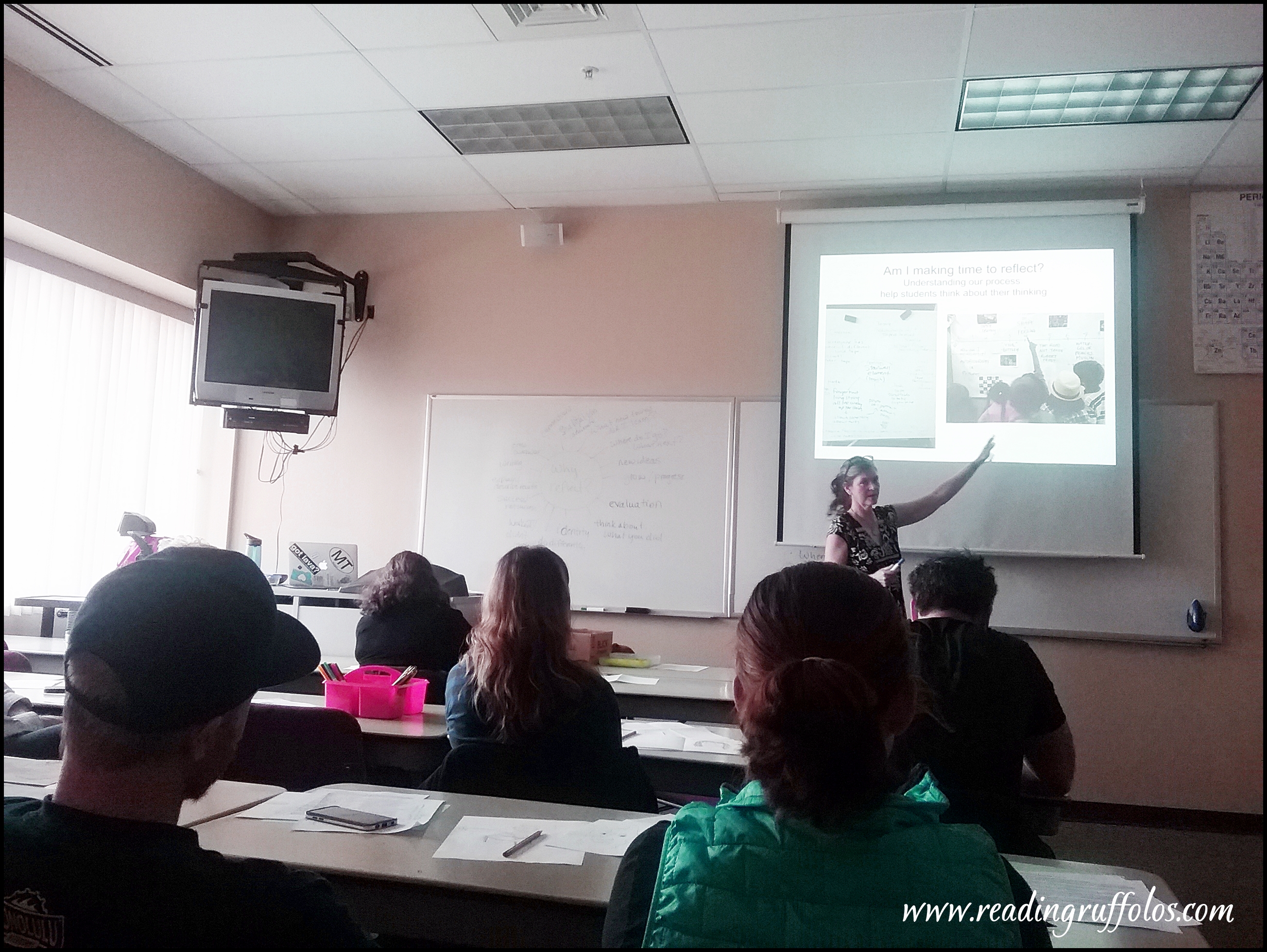
If you can, enroll in classes on creativity or developmental reading. You can do this face to face if there are colleges or universities in your area with a Continuing Education Department that offers classes on this subject. In 2014, I decided to pursue graduate studies in Language and Literacy Education from the University of the Philippines Open University. I’m graduating come July! I also enrolled in several courses at the Flathead Valley Community College here in Montana. Learning sites such as Coursera and Future Learn offer free online courses that you can access and study at your own pace.
Remember, learning involves hardware and software inputs so you have to go beyond the physical look of your corner and strive to improve and develop your knowledge and skills too.
4. READ AS MUCH AS YOU CAN
There is so much you can learn from books and it always works to your advantage when you learn new things. I recommend the following for starters:
- The Absorbent Mind (Maria Montessori)
- Mommy, Teach Me and Mommy, Teach Me To Read (Barbara Curtis)
- Skills for Preschool Teachers (Janice Beaty)
- Homeschooling the Early Years (Linda Dobson)
- We Care: A Preschool Curriculum for Children Ages 2-5 (Bertie Kingore and Glenda Higbee)
5. LEARN SIGN LANGUAGE
A friend laughed at me when I told her I enrolled myself in a Sign Language Class for Preschoolers at the community college. “You don’t need to. Your children are not deaf,” she reminded me. I calmly explained to her that sign language is not only for those who can hear and speak; it helps parents like me communicate with my children whose speech ability is not yet fully developed resulting to garbled words and intense tantrums.
I only started teaching my twin toddlers and the baby some signs for two weeks and already I can see changes. There is less screaming from their part because I can now understand what they mean when they can’t pronounce the words correctly.
6. POST COLORFUL VISUALS
Back to your decorations… do not forget to post colorful visuals of the basic lessons: colors, numbers, the alphabet. Children love colors; they are instantly attracted to them. Use these visuals in your lessons and encourage your children to review using these visuals. Over time, they’ll just run to your learning corner and review their colors, numbers, and alphabet on their own like my son Nicholas in the video above.
So… ARE YOU ready to learn some more?
